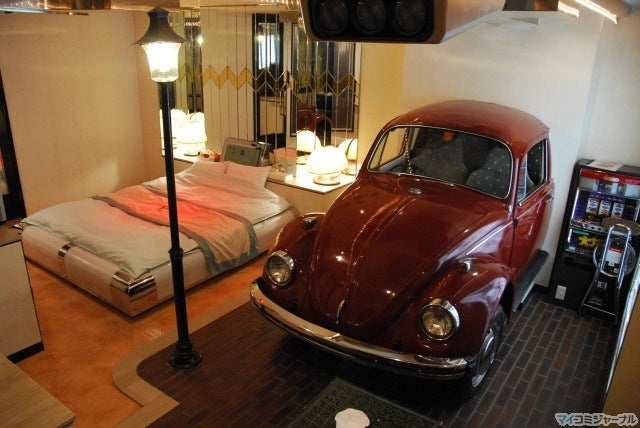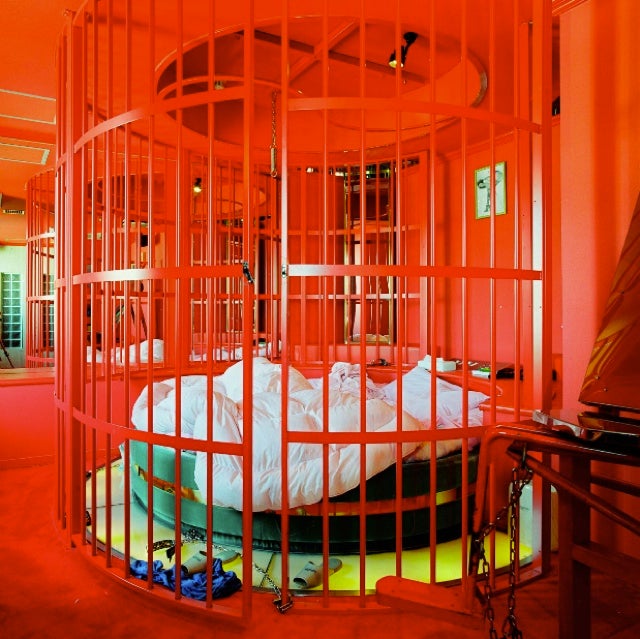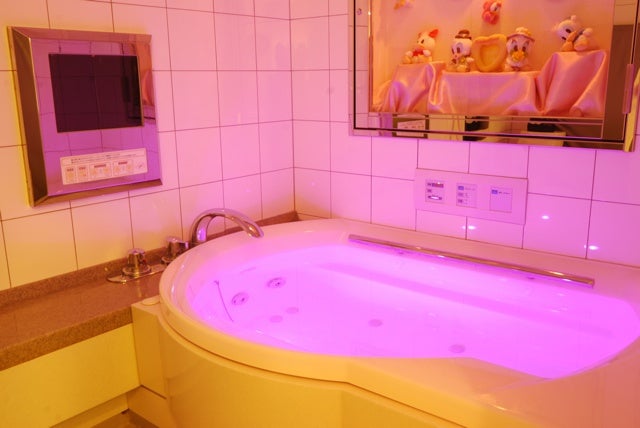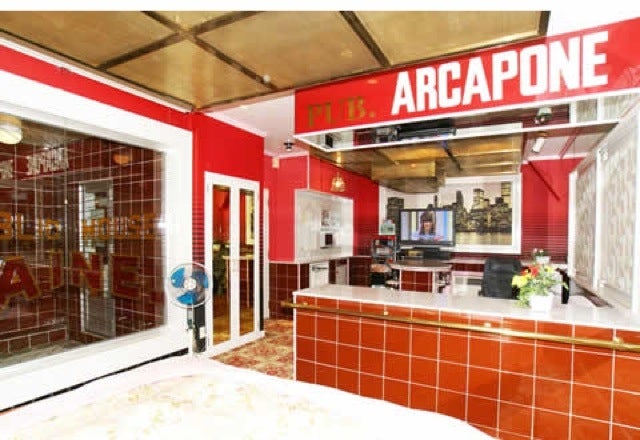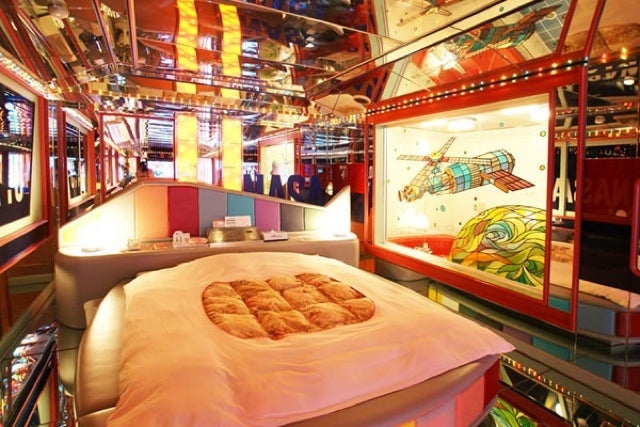Love hotels - in Japanese, "rabu hoteru" (ラブホテル) or to the more hip, "rabuho" - have reportedly been around in one form or another for hundreds of years. In modern Japanese society, space and privacy are something of a luxury - ask any college student who still lives with his extended family or expat cursed with paper-thin apartment walls. Necessity, of course, is the mother of amorous invention. Today, these fine establishments (you'll also hear them referred to as "fashion hotels," "couples hotels," or "boutique hotels") vary from the pedestrian to the incredible.
At a love hotel, you can "
rest" (休憩: kyuukei) - check in for a few hours during the day - or "
stay" (宿泊 shukuhaku) - spend the night. Usually the "stay" only begins after 10 p.m. and you've got to be out 12 hours later. Some places will let you "stay" somewhat earlier in the evening - the sign outside or in the lobby will generally display hours and rates (which change on weekends and holidays).
Rest and Stay rates vary quite a bit from place to place, but it's not uncommon to pay slightly less than you would at a nearby business hotel. Some of the fancier hotels have a wide variety of rooms - you can pay substantially more for quite elaborate offerings. Of course, it's always cheaper to 'rest' than to 'stay,' but a rest is limited to only a few hours.
Due to the often delicate personal situation of a typical love hotel guest, the architecture reflects a focus on privacy and discretion. At many places you can check in without seeing anyone at all by choosing a room at a vending machine or on a lighted board of choices. In the morning you might pay by pneumatic tube or slip a few 10,000 yen bills into a computer to unlock the exit. The
Love Hotel Directory explains the ins and outs of specific love hotels throughout Japan.





